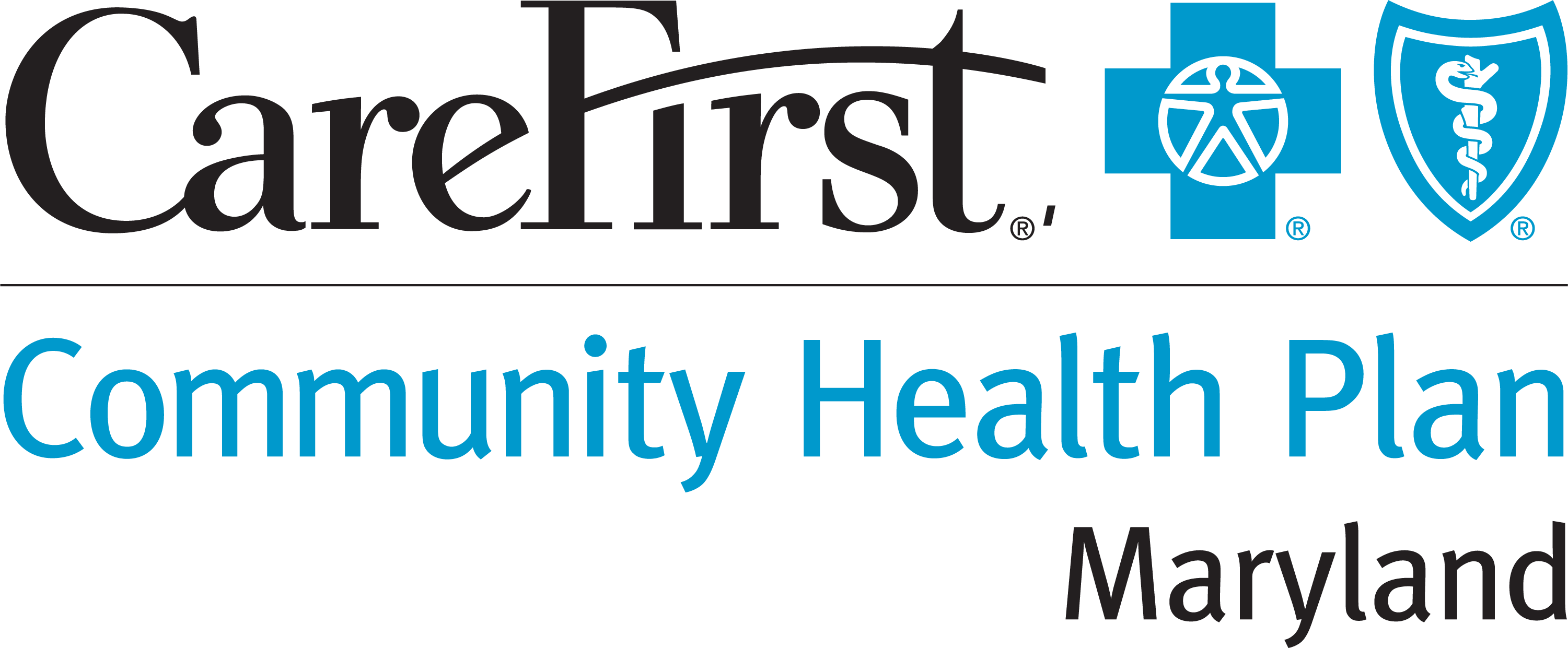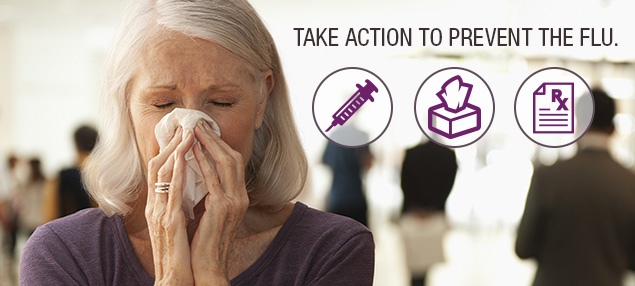Flu
Don't forget to get your flu shot!Where can I get a flu shot?
When you go to the pharmacy, ask them to bill CareFirst Community Health Plan Maryland (CareFirst CHPMD). But, be sure to take your photo ID and your CareFirst CHPMD member ID card. Please note that you must go to a pharmacy counter and not a pharmacy clinic.
What is Influenza (also called Flu)?
Who should get the flu vaccine?
-
-
- Children between the ages of 6 months and 5 years old
- Adults greater than 50 years old
- Women who are or are planning to be pregnant during the flu season
- Individuals who are of American Indians/Alaska Native ancestries
- People with one or more of these conditions:
- Cancer
- Cardiac disorder except isolated high blood pressure
- Chronic lung disease, including Asthma
- Heart Disease, including a prior stroke
- Blood disorder
- HIV/AIDS
- Metabolic disorder, including Diabetes
- Neurologic disorder
- Renal disorder
- Residents of nursing homes and other long-term care facilities
- Individuals who are extremely obese (BMI ≥40)
- Individuals who are caregivers or in contact with one or more of the following:
- Health care personnel, including students who have contact with patients
- Medical emergency-response workers
- Employees of nursing home and long-term care facilities who have contact with residents
- Household contacts and caregivers of anyone who meet the categories listed above.
Source: https://www.cdc.gov/flu/professionals/acip/2017-18summary.htm and https://secure.medicalletter.org/
-
What are the signs and symptoms of flu?
-
-
-
-
- Fever* or feeling feverish/chills
- Cough Sore throat Runny or stuffy nose
- Muscle or body aches
- Headaches
- Fatigue (very tired)
- Some people may have vomiting and diarrhea, though this is more common in children than adults.
-
-
-
*It’s important to note that not everyone with flu will have a fever.
How does the flu spread?
What is the difference between a cold and the flu?
How can you tell the difference between a cold and the flu?
What are the symptoms of the flu versus the symptoms of a cold?
Source: Centers for Disease Control and Prevention – Influenza (Flu)

